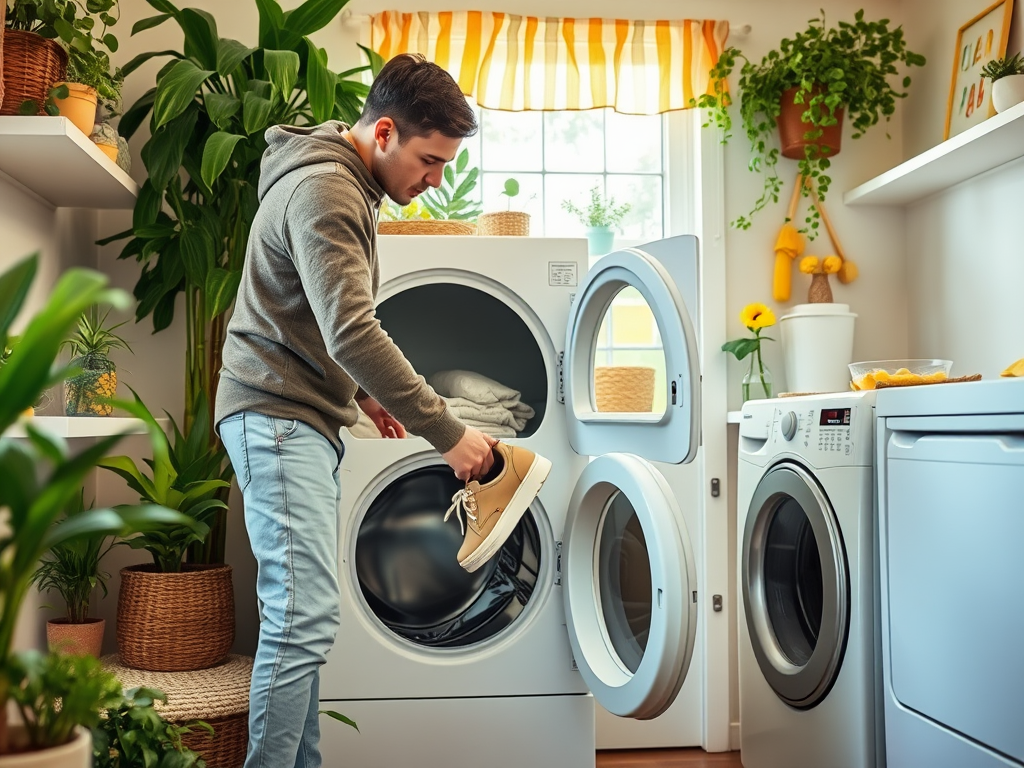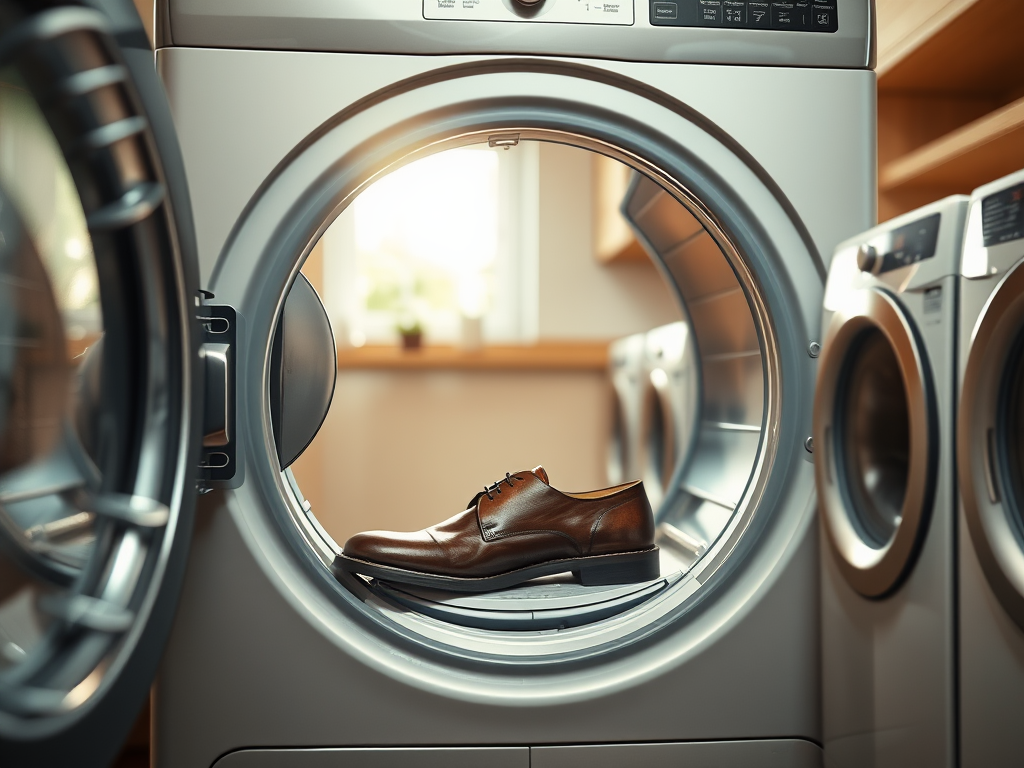Drying your shoes can often feel like a challenge, especially when you want to avoid damaging them in the process. After a rainy day or an intense workout, wet shoes can be a breeding ground for bacteria and odors, making it crucial to dry them adequately. However, using the dryer comes with its own set of risks that can lead to unsightly damage or even ruin your favorite pairs. Fortunately, with the right methods and precautions, you can safely dry your shoes in the dryer, ensuring they come out looking and feeling fresh. In this article, we’ll explore the various materials that make up shoes, the preparations necessary before using the dryer, and the safest techniques to achieve optimal results.
Understanding Your Shoes

Each pair of shoes is crafted from different materials that respond uniquely to heat. Knowing how various materials react can help you determine whether they are dryer-safe or better left to air dry. For instance, leather shoes are often delicate and can stiffen or even crack when exposed to high temperatures. On the other hand, synthetic materials may fare better but can still warp if not managed correctly in the dryer.
When trying to understand your shoes, consider their composition carefully. The materials used influence both the longevity and comfort of the shoes and should guide your drying method. Failing to account for this might lead to costly mistakes. Let’s break down some common materials you might encounter:
- Leather: Durable and stylish, but heat-sensitive.
- Canvas: Breathable and relatively easy to dry.
- Synthetic: Often moisture-resistant, but may warp.
- Wool: Comfortable and warm but can shrink easily.
Preparing Shoes for the Dryer

Before you toss your shoes into the dryer, preparation is key. You’ll want to ensure they’re clean and ready to endure the drying process. Start by removing any dirt or debris that has accumulated on the surface. This minimizes the risk of clogs in your dryer and keeps your shoes in optimal condition.
Cleaning is not only about aesthetics—it helps in prolonging the life of the shoes. You should consider the best practices for cleaning different materials:
- Use a damp cloth for leather and synthetic shoes.
- For canvas shoes, a gentle scrub with soap and water works wonders.
- Wool shoes may require a specific gentle detergent and a soft brush.
Next, it’s crucial to remove laces and insoles. Doing this allows for better heat circulation while preventing any potential entanglement that could occur in the dryer. With the insoles removed, you also minimize the risk of them deforming during the drying process.
Safe Drying Techniques
With your shoes prepped, it’s time to dive into the actual drying process. The methods you choose will significantly impact how well your shoes fare in the dryer. Start by selecting a low-heat setting on your dryer; this will help ensure that your shoes don’t become damaged.
It’s equally important to incorporate drying balls into the mix. These handy tools help to separate shoes while they tumble, allowing hot air to circulate evenly. You’ll find they can significantly speed up the drying time while also maintaining the shape of your shoes. Here’s a table summarizing some recommended drying techniques:
| Technique | Benefits |
|---|---|
| Low-Heat Setting | Prevents material damage and warping. |
| Drying Balls | Enhances circulation and reduces drying time. |
| Separate Cycle | Minimizes the risk of damaging other items in the dryer. |
If feasible, consider creating a separate drying cycle for your shoes. This ensures you won’t have to worry about different materials clashing inside the dryer. For example, synthetic shoes may be able to tolerate a moderate heat, while wool requires much gentler settings. It’s important to adapt your drying approach based on your specific footwear.
Alternatives to Dryer Drying
Not all shoes are suitable for dryer drying, and that’s perfectly fine! There are several effective alternatives you can turn to if you’re unsure. Air drying remains a classic option, and it’s particularly beneficial for delicate materials.
There are numerous tips for efficient air drying. Ensure that your shoes are placed in a well-ventilated area, as proper airflow will help them dry more efficiently. Additionally, you might want to stuff them with newspaper or towels to absorb excess moisture.
- Active ventilation: Use a fan to encourage airflow around the shoes.
- Space heaters: They can help, but monitor the position carefully.
Conclusion
Drying your shoes in the dryer doesn’t need to be a gamble; with appropriate precautions, you can preserve their condition while enjoying quicker drying times. Proper preparation—such as cleaning and dismantling your shoes—sets the stage for successful dryer drying. Lean on safe techniques like low-heat settings and drying balls and always be mindful of the materials involved.
Frequently Asked Questions
- Can all types of shoes be dried in the dryer?
No, not all shoes can withstand dryer heat. Always check the manufacturer’s guidelines. - What temperature is safe to use in the dryer for shoes?
It’s best to use the low-heat setting to prevent damage to your shoes. - Should I use dryer sheets when drying shoes?
Avoid using dryer sheets, as they can leave a residue on shoe materials. - How long should I dry my shoes in the dryer?
Typically, about 30 to 40 minutes on a low-heat setting should suffice, but check periodically. - Is there a risk of my shoes shrinking in the dryer?
Yes, materials like leather and some synthetics are prone to shrinkage when exposed to high heat.


